Can Stanford University play big-league poker to get a Power Five conference?

Conference realignment is high-stakes poker. It is a matter of prestige, of revenue, of visibility and of prominence.
Stanford University, widely viewed as a premier academic institution in the United States, does not seem like a school which would — or should — comfortably accept relegation to the Mountain West or AAC. That would seem to be beneath the Cardinal. Their world-class women’s basketball program and their many other championship-level programs in Olympic sports deserve better.
Stanford resides in the prominent San Francisco Bay Area television market, which is supposed to carry considerable value for television networks and streaming outlets.
People will say, “But Stanford football sucks right now.” It does, but a decade ago, Stanford made three Rose Bowls in a four-year span and won two of them. The Cardinal can be very good with the right coach. Beyond that, Stanford has financial resources and enjoys strong academic standing and a cultural fit presidents and chancellors would envy.
The question is obvious: Why hasn’t Stanford already parlayed its advantages into a Power Five conference home? Why are the Cardinal still looking for a solution? It’s time for the school to play some poker. Serious poker.
Can this school play its cards right? Let’s explore some options.
THE STANFORD ENDOWMENT
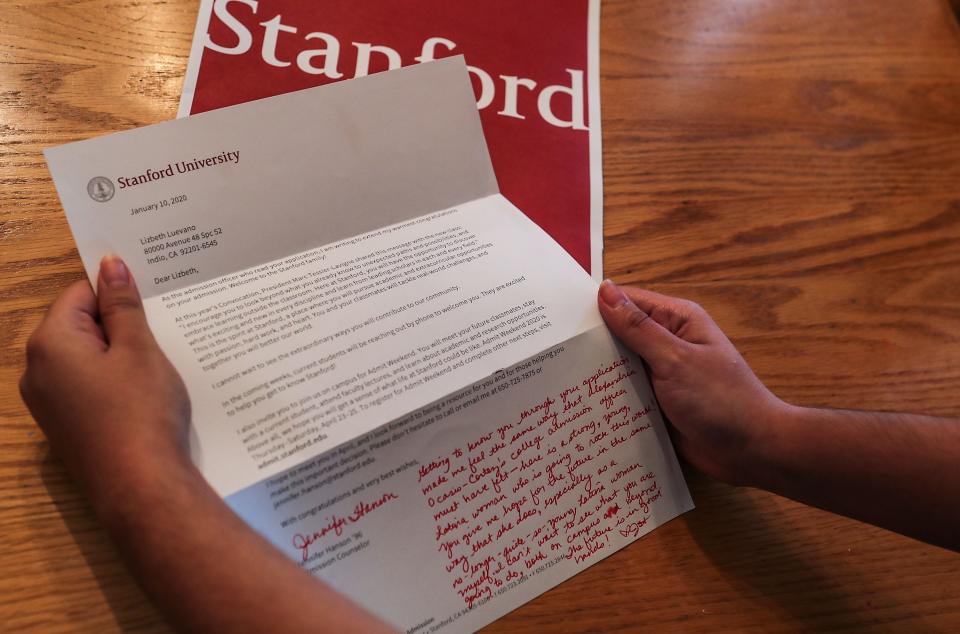
As of August of 2022, Stanford’s endowment was $36.3 billion. Of course, much of that endowment is earmarked for specific purposes, so it’s not as though it’s a wide-open pasture Stanford can run to at every opportunity and drain up in a heartbeat, but surely, the school can take a small slice in a situation such as this and wield it as an instant lever to get out of college sports purgatory.
In many ways, the discussion revolves around ways Stanford can use the endowment to leverage its position.
"TELL OTHERS WHAT TO DO" MONEY

The Ivy Leagues stopped playing Division I (Football Bowl Subdivision) football after the 1981 season due to an NCAA vote. Stanford has Ivy League-level academic prestige but also an FBS program that, as noted above, achieved richly not that long ago. Stanford also has an Ivy League-level endowment. The idea this school can’t play ball seems odd. The fact Stanford has been quiet so far in this realignment cycle is conspicuous and jarring.
It’s time to play some poker. It’s time to rearrange the chessboard.
NUMBERS

We noted Stanford’s endowment one year ago was $36.3 billion. If we wanted to play around with numbers, and if we wanted to arrive at a figure that would represent both a hefty investment and yet a non-extreme level of “emergency” usage of its endowment, what if Stanford was willing to spend $360 million to leverage its position? That might seem like a random number until you realize that it’s exactly one percent — one — of the school’s endowment.
Would Stanford leaders and administrators view spending one percent of the endowment to leverage its position as being a wild and crazy expenditure? Maybe … but if they’re unwilling to spend a little cash and play poker, maybe they just don’t really care about their place in college sports.
Let’s see what Stanford could buy with $360 million. Start making a shopping list.
STANFORD AND THE ACC
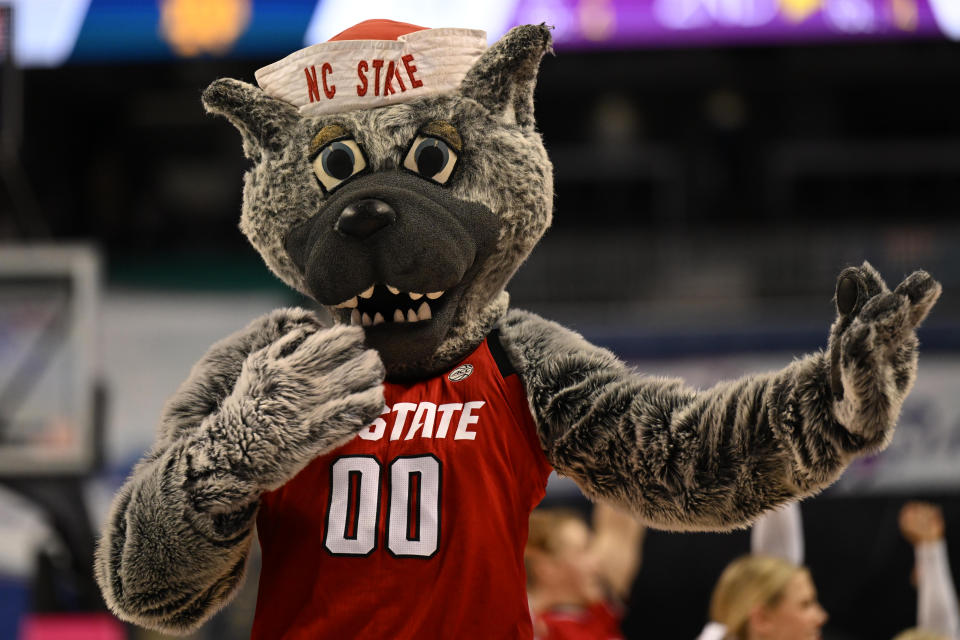
There is a generally agreed-upon marketplace for nonconference football games and what schools pay (or are paid) to create those matchups. The power and resource balance between the two schools dictate who gets what, but deals are negotiated. When a Power Five school negotiates with a Group of Five school, for example, it often wants a 2-for-1, meaning two home dates for one road trip. The Group of Five school would prefer a straight home-and-home, 1-for-1. The Power Five school has dollars it can offer as an incentive to take the 2-for-1 deal, knowing that by getting two home dates, it locks in revenue by successfully securing another home game for its (high-profile) football program.
Stanford, if it dipped into one percent of its endowment and had $360 million to shop with, could cut a very large check to North Carolina State for a home and home. That very large check could “persuade” N.C. State to switch from a no vote to a yes vote on the Notre Dame-backed proposal to let Stanford and Cal into the ACC. If State changes its vote and no other ACC schools change their votes, the ACC would have 12 yes votes, enough to approve a Stanford-Cal move to the ACC.
If Stanford wants Power Five status, it should be negotiating with N.C. State and asking the Wolfpack what they want. That’s the most direct Power Five path for Stanford right now.
STANFORD TO THE BIG TEN

Stanford could cut a very large check and arrange a home-and-home football series with the University of Maryland, once again “convincing” another school what would be in its best interests. (Wink, wink.) Stanford money could persuade Maryland it’s time to return to the ACC and rejoin Duke and North Carolina in men’s basketball, which makes all the sense in the world.
Stanford would then replace Maryland in the Big Ten in a school-for-school swap. Who says no if the Stanford price is right for the Terrapins?
FLORIDA STATE, CLEMSON, MIAMI

Florida State definitely wants out of the ACC. Clemson probably would want to play in the SEC, but it hasn’t been particularly vocal the way Florida State has been in recent months. Stanford could loan FSU or Clemson (or Miami too) some money to pay ACC grant of rights penalty fees. It could schedule a home-and-home with those schools and cut a few more large checks to free up those schools and change the incentives for the Big Ten and SEC.
You want to play poker? This is how Stanford can play poker.
THE HOME PLAN
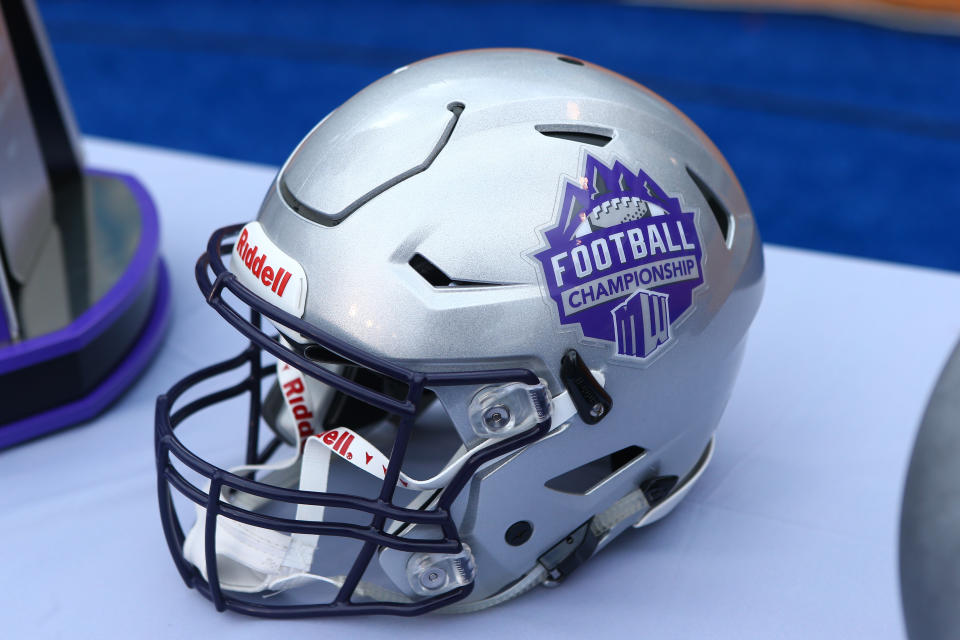
If Big Ten or ACC travel for student athletes is viewed as too much for Stanford, the school should spend to lure Mountain West schools into the Pac-12 and save Cal, Oregon State and Washington State. This wouldn’t be the most lucrative path for Stanford, but it would preserve the Pac-12 as a Power Five conference with Power Five revenue distributions for the College Football Playoff and NCAA Tournament. Stanford would have a chance to win the conference championship and make the playoff in this setup. Stanford would gain goodwill from the other three Pac-12 surviving schools. There would be plenty of reasons to pursue this line of action. A little infusion of money could give various schools — and Mountain West Commissioner Gloria Nevarez — a nudge.
GLORIA NEVAREZ AND STANFORD

Gloria Nevarez attended the University of California at Berkeley, Stanford’s Bay Area neighbor and rival. Surely, someone in Stanford’s upper reaches of administrative leadership could have a conversation with Nevarez — not only about a plan to save the Pac-12 with Mountain West schools, but about a deal to become the commissioner of the new Pac-12, replacing George Kliavkoff.
Mountain West schools get Power Five status and money. Nevarez essentially gets a promotion along with the MWC schools that come along to the remade and diminished but still Power Five-level Pac-12.
Yes, some MWC schools will not make the trip to the Pac-12 in this scenario. They will lose, and we can’t ignore that. Yet, eight Mountain West schools will win big, and what is left of the Pac-12 will be spared demotion to Group of Five status. A lot of people win here, and Stanford keeps Power Five status. It’s probably not Stanford’s ideal scenario — the Big Ten is — but it’s certainly not a worst-case outcome.
THE LONG GAME
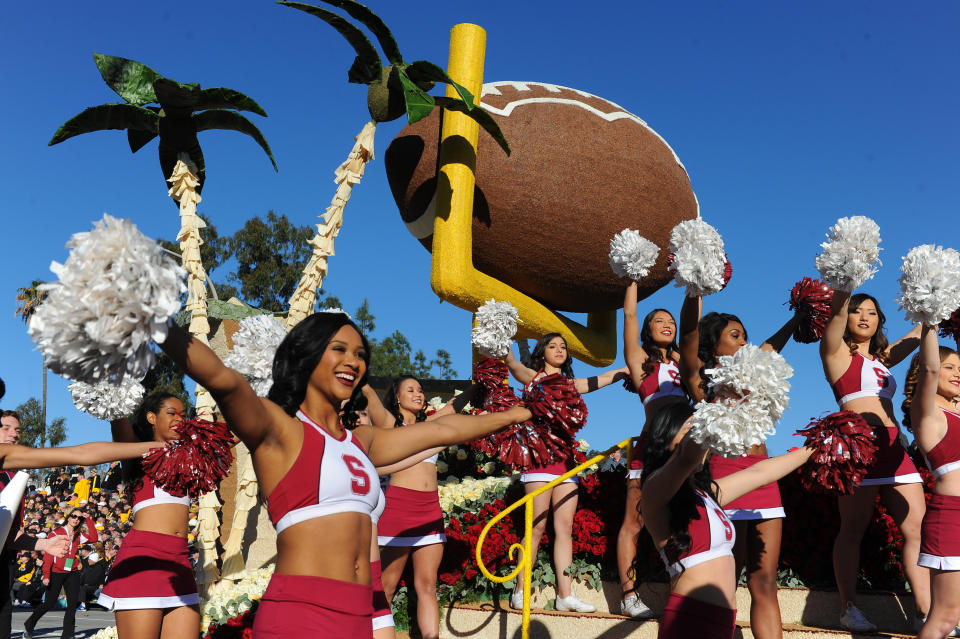
Realignment is not a fixed reality. There will be more movement over the next six to eight years. Stanford can line up a long-term plan in which some of the actions recommended above aren’t taken right now, but can be taken at points in time when leverage could increase for the school and the institutions and entities it is negotiating with.
Keep in mind that the new College Football Playoff television rights contract will be negotiated in the coming years. The current deal expires at the end of 2025. Fox, CBS and NBC are likely to throw their hats into the ring to get a chunk of the increased inventory under a 12-team playoff beginning in 2026. That negotiation could be the time for Stanford — if it is still a Power Five school in 2025 — to rearrange the chessboard.
THE AAC FOR STANFORD
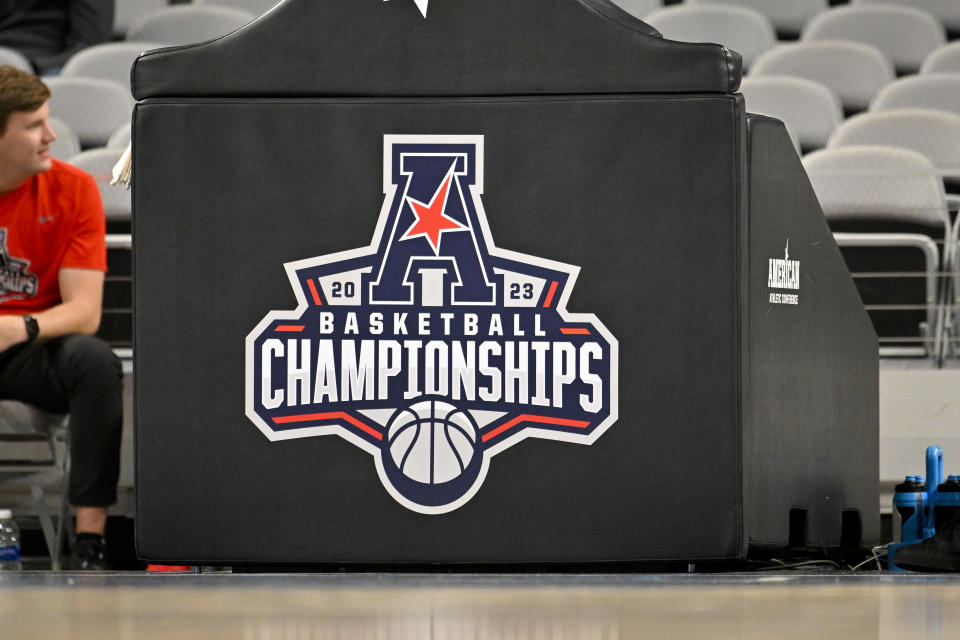
If Stanford can simply remain a Power Five school into 2026, it might be able to capitalize on the College Football Playoff television negotiations and make interventions to redirect realignment to its advantage. However, the Cardinal must first secure Power Five status through 2025, so that they will have a reasonable negotiating position in 2026.
This is where the AAC could come into play. Stanford does not have to agree to a long-term deal with the AAC. The Cardinal could engineer a Pac-12 merger with the AAC — preserving Power Five status for each of the remaining Pac-12 schools — for two years, 2024 and 2025. That would be a “bridge plan” to get Stanford to 2026 as a Power Five school. Then the Cardinal could try some of the kingmaker-level moves we have noted above.
AAU STATUS

Lots of schools are jockeying for AAU status in the academic world. Stanford, as an AAU school, could be an ally or enemy of these various schools. Stanford is in a position where it could potentially help or hurt various schools within the Power Five structure relative to AAU status. That is something which shouldn’t be ignored in all of this.
STANFORD 2024 FOOTBALL SCHEDULE

Stanford, with the Pac-12 having disintegrated, doesn’t know if it will play conference football games in 2024. The school might be able to play the long game on some fronts, but one area where it doesn’t have a lot of time is its 2024 football (and sports) schedule. What to do?
STANFORD AND NBC

NBC Sports has a Notre Dame deal. Given Notre Dame is an independent football school, NBC knows how to work with a school that is not part of a conference. Stanford, being on the West Coast, could spend 2024 and 2025 playing a lot of 10:30 p.m. Eastern time games on NBC while being an independent in football. Stanford could spend the next two years playing as an independent and creating a Notre Dame-like football schedule while being a member of a merged Pac-12 with the Mountain West in all other sports. Then, in 2026, it could seek membership in the Big Ten after a few years of biding its time and negotiating with various schools behind the scenes, as we have outlined above.
STANFORD AND ESPN

NBC could air Stanford home games in late-night slots to accompany its Notre Dame (afternoon) package and its Big Ten prime-time package. Stanford road games could air on ESPN, with maybe Friday or Thursday games entering into the picture. ESPN will have a lot of SEC games to air on Saturdays, so if Stanford wants to go independent in football and get on ESPN, playing weeknight games is the likely move. Stanford doesn’t have to do this forever. A two-year deal through 2024 and 2025 could be the “bridge” plan the Cardinal need for short-term stability and revenue.
CONCLUSION

Stanford football has a long and rich history. Stanford sports are world class, with the school producing the best women’s basketball players, swimmers, water polo players, and other Olympic athletes in the United States. If the Cardinal want Power Five status, they hold some cards — and money.
We haven’t outwardly seen the school throw its weight around. It would seem it’s time to do so.
It’s time to play high-stakes poker on The Farm.

